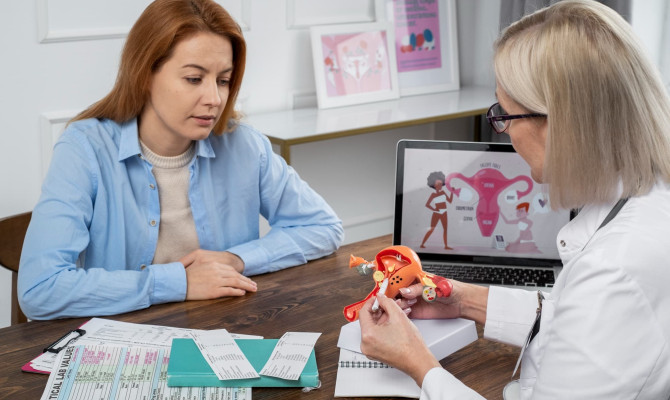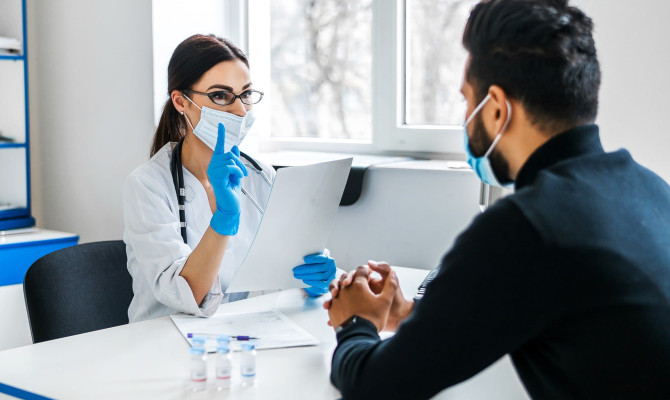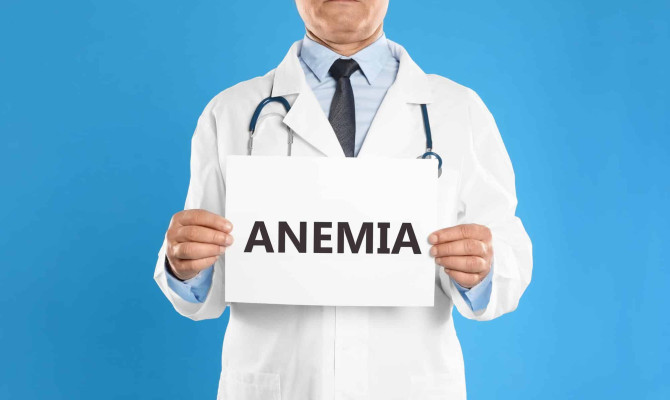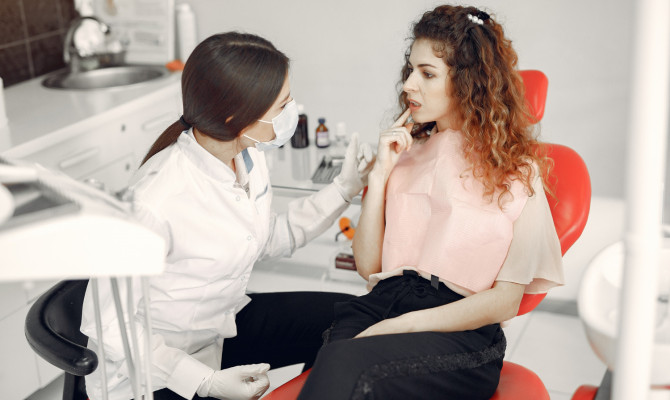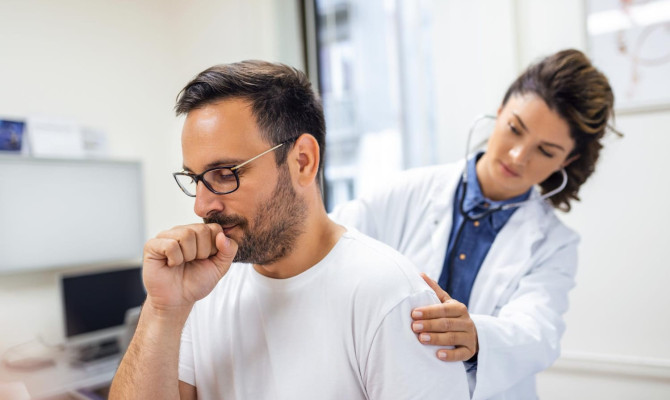Gonorrhea: Causes, Symptoms and Treatment

- Gonorrhea
- 17 Aug 2023
Overview
What is Gonorrhea?
The STI known as gonorrhea is caused by the bacteria Neisseria gonorrhea. Although it can infect the rectum, mouth, and eyes, it usually impacts the genital regions. It is one of the most prevalent STIs in the world.
This article aims to clarify the nature of gonorrhea, its transmission routes, symptoms, probable side effects, diagnostic techniques, and accessible therapies. People can take proactive measures to protect themselves and their partners by being aware of this frequently silent threat, which will ultimately help to stop the spread.1Overview| Researched based study from Nlm.nih.gov
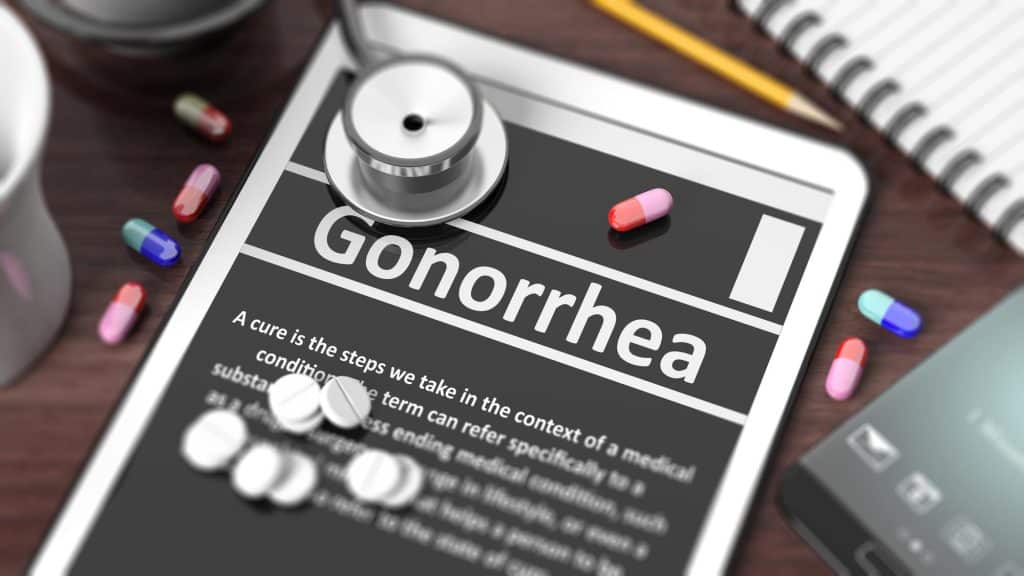
Symptoms
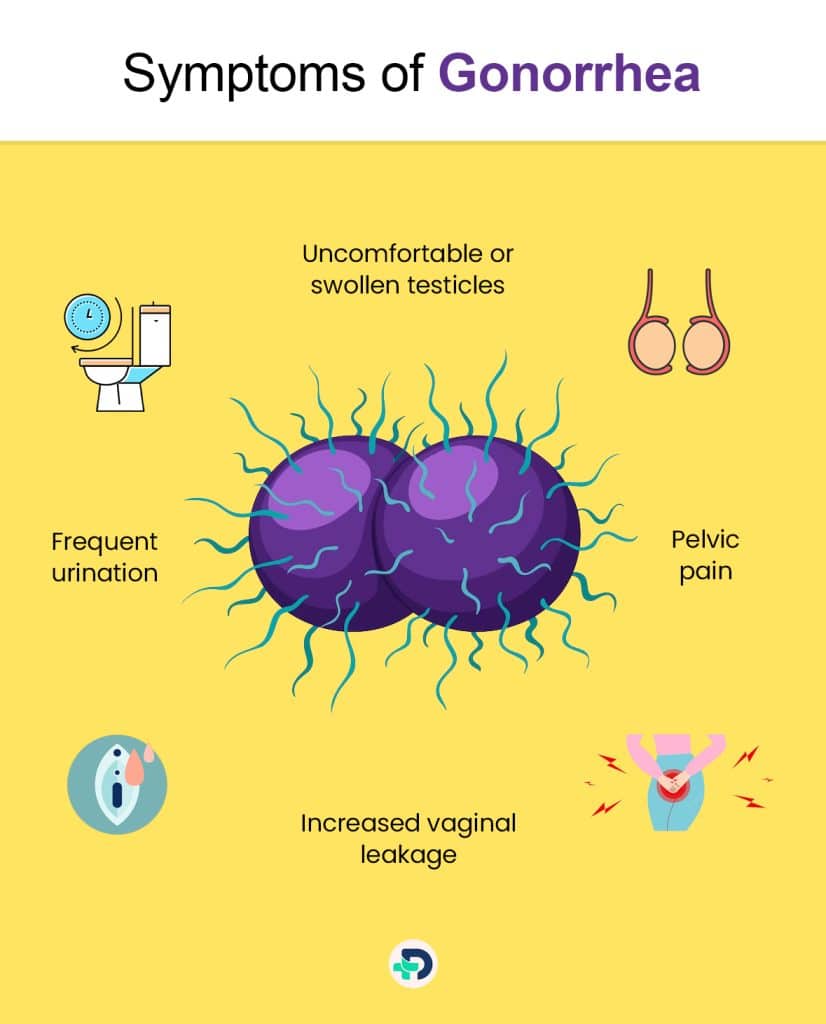
Symptoms of Gonorrhea
Common symptoms of gonorrhea in men include:
- Feeling of pain or burning while urinating
- Discharge from the penis that is white, yellow, or greenish
- Frequent urination
- Uncomfortable or swollen testicles
- Swelling or redness at the penis’s opening.
The symptoms can be mild or easily mistaken for other conditions in women. Some common ones include:
- Increased vaginal leakage
- Feeling of pain or burning while urinating
- Pelvic pain
- Painful sex interactions
- If the infection is in the rectum, discomfort or drainage from the abdomen.
Common symptoms of gonorrhea both in men and women are:
Different people may experience different gonorrhea symptoms, and some infected people may not experience any at all.
- When symptoms materialize, they frequently do so 1 to 14 days following exposure. It does not imply the absence of infection; as infected people can still unintentionally spread the disease to others.
- It primarily affects the mucous membranes of the female reproductive tract (cervix, uterus, and fallopian tubes), as well as the urethra in both men and women
- Other body areas may also be affected, resulting in symptoms like sore throats or anal itching, discharge, or pain.
- The bacteria can multiply quickly inside the body, which makes it possible for them to move to other parts of the body and possibly lead to difficulties if left untreated.
- Many people might not show any symptoms at all. Regular STI testing is a crucial preventive practice, particularly for those who engage in high-risk sexual behaviors or have numerous sexual partners, as this can contribute to the unintended transmission of infection.2Symptoms| Researched based study from Nlm.nih.gov ,3Symptoms| Researched based study from Nlm.nih.gov ,4Symptoms| Researched based study from Nlm.nih.gov
Causes
Causes of Gonorrhea
Gonorrhea may results due to one of the following reasons:
- Bacterial infection
- Physical interactions
- Transmission of infection from Mother to child
- Contact with contaminated body fluid
- Other existing infections
Bacterium
- It is brought on by the gonococcus-causing bacterium Neisseria gonorrhea.
Physical intimacy
- Sexual contact, including vaginal, anal, or oral sex with an infected person, is the primary method of transmission.
Mother-to-child transmission
- Neonatal gonococcal infection can happen when a mother who has the virus gives birth to a kid who then contracts it.
Contaminated bodily fluids
- Semen, vaginal fluids, and rectal secretions are just a few examples of body fluids that might spread germs.
Extra genital infection
- Through unprotected sexual intercourse or contact with contaminated body fluids, the bacteria can potentially spread to other body regions, including the rectum, throat, and eyes.2Causes| Researched based study from Nlm.nih.gov ,3Causes| Researched based study from Nlm.nih.gov ,4Causes| Researched based study from Nlm.nih.gov
Diagnosis
How is Gonorrhea diagnosed?
Medical evaluation
- A thorough medical history, including details regarding symptoms, sexual behavior, and any exposure to gonorrhea or other STIs, will be taken by the healthcare provider first. This helps in evaluating the risk factors and determining whether testing is necessary.
Physical evaluation
- A physical examination may occasionally be carried out to look for any detectable symptoms of infection, such as vaginal discharge, swelling, or ulcers. The medical professional may also examine other places that could be impacted, like the throat or rectum.
Lab examinations
The primary method for diagnosis is laboratory testing using samples taken from the afflicted area. The location of any suspected diseases will determine the type of sample collection.
Urine sample
- Both men’s and women’s urine samples are frequently used to test for gonorrhea. The model is collected in a clean container and delivered to a lab for examination.
Swab samples
- Samples from the affected sire, such as the urethra, cervix, anus, or throat, may be collected using swabs. The swab is gently introduced into the area to obtain a sample of any discharge or cells. The model is then sent to the lab.
Nucleic acid amplification tests (NAATs)
- NAATs identify the bacteria’s genetic material (DNA or RNA) and are the most frequently used laboratory tests. NAATs can reliably detect the presence of Neisseria gonorrhea and have good sensitivity and specificity.
Additional tests
- In some cases, further tests may be advised to look for STIs, including chlamydia, HIV, or syphilis, that frequently coexist with gonorrhea. This promotes thorough evaluation and proper care.
It is crucial to adhere to the healthcare provider’s instructions for sample collection and pre-test requirements, such as refraining from urinating or engaging in sexual activity for a predetermined time before testing.6Diagnosis| Researched based study from Nlm.nih.gov ,7Diagnosis| Researched based study from Nlm.nih.gov
Treatment
How is Gonorrhea treated?
Antibiotics are effective in treating it because it is a bacterial disease. Prompt and adequate treatment is crucial to treat the condition, avoid complications, and lower the danger of spreading the disease to others. The following are a few important details about the treatment:
Antibiotics
- The primary method of treatment for Neisseria gonorrhea infections is antibiotics. The selection of antibiotics may change depending on regional patterns of resistance and individual characteristics due to the rising frequency of antibiotic resistance. To increase efficacy, combination therapy using two antibiotics is frequently advised.
Single-dose therapy
- Gonorrhea is frequently curable with a single dosage of antibiotics. However, a medical professional will choose the precise antibiotic and dosage based on the infection site, the severity of the symptoms, and any underlying health issues.
Partner treatment
- To prevent reinfection, sexual partners must receive treatment simultaneously. In most cases, this involves making sure that all recent sexual partners within the previous 60 days are recognized and notified of the necessity for an assessment and treatment.
A follow-up testing
- It is important to have follow-up tests done after therapy to ensure the infection has cleared. This ensures that the medications eliminate germs. Usually, two weeks following the conclusion of treatment, testing is advised.
Prevention of reinfection
- By routinely wearing condoms and having open and honest conversations with sexual partners, one can practice safe sex and lower their risk of reinfection and other STIs. Regular testing is also essential, especially for individuals at high risk.
Antibiotic resistance
- It’s important to keep in mind that antibiotic resistance is a growing problem in healthcare. Alternative antibiotics or combination therapy might be required if a resistant strain of N. gonorrhea is found or suspected.
- Effective management requires close attention to local patterns of resistance and treatment recommendations.1Treatment| Researched based study from Nlm.nih.gov ,5Treatment| Researched based study from Nlm.nih.gov
Prevention
Methods to prevent Gonorrhea
Safe sexual practices
- Safe sexual behavior is crucial in stopping the spread. This includes using latex or polyurethane condoms consistently and appropriately for oral, anal, and vaginal intercourse.
- The barrier effect of condoms considerably decreases the danger of infection.
Limiting sexual partners
- By restricting the number of sexual partners, the risk of STIs can be reduced.
- Lowering the risk of infection can be accomplished by entering into a mutually monogamous relationship with a partner who has tested negative.
Regular STI screening
- It’s essential to have routine STI testing, such as gonorrhea and other standard STI tests, especially if you’re sexually active or have several partners—regular screenings aid in the early detection of infections, enabling prompt treatment and the avoidance of complications.
Partner interaction
- Communication with sexual partners must be open and honest. A mutually responsible approach to sexual health can be fostered and the spread of STIs prevented by discussing sexual histories, getting tested for them, and engaging in safe sex.
Prevention in pregnant women
- During childbirth, gonorrhea-infected pregnant mothers can infect their unborn children. To stop newborn infections, routine prenatal care is essential. This includes screening and treatment.
- Prompt diagnosis and care can safeguard the mother and the unborn child during pregnancy.
Education and Awareness
- Fighting the spread of the infection requires raising public awareness of the illness, its methods of transmission, and the need for preventive measures.
- People can be empowered to make educated decisions and adopt safe behaviors by engaging in educational initiatives, accessing reliable information, and receiving complete sexual health education.9Prevention| Researched based study from Nlm.nih.gov
Complications
Gonorrhea Complications
Health issues following gonorrhea may vary between men and women, and they can be explained as follows:
In men
Epididymitis
- This condition can result in inflammation of the epididymis, a tube that houses and transports sperm and is situated behind the testicles. This may cause discomfort, edema, and possible scarring that could impair fertility.
Prostatitis
- Untreated gonorrhea can cause the prostate gland to inflame and become infected, a condition known as prostatitis. Affected individuals may have pelvic pain or discomfort, urinary issues, and sexual dysfunction as symptoms.
Urethral stricture
- Urethral stricture is the medical name for the scarring and constriction of the urethra brought on by long-term untreated gonorrhea. Urinary problems, including reduced urine flow or trouble completely emptying the bladder, can be the outcome.8Complications| Researched based study from Nhs.uk
In women
Pelvic Inflammatory disease
- One of the most severe side effects is pelvic inflammatory disease (PID), which develops when an infection spreads from the cervix and uterus to the fallopian tubes and ovaries and causes inflammation and perhaps scarring. PID can result in ectopic pregnancies, infertility, chronic pelvic pain, and an elevated risk.
Tubo-ovarian abscess
- Untreated gonorrhea may occasionally cause the development of a pus-filled spot in the fallopian tubes or ovaries, a condition known as a tubo-ovarian abscess. Surgery can be necessary to treat this problem since it can lead to excruciating pelvic pain.
Effects on pregnant women
- The likelihood of complications like premature birth, low birth weight, miscarriage, and stillbirth increases during pregnancy. It may also be passed to the newborn after delivery, resulting in neonatal conjunctivitis (an eye infection) or other harmful systemic diseases.8Complications| Researched based study from Nlm.nih.gov
Any feedback on this article?
 This Articles content was accurate
This Articles content was accurate Very Informative Article
Very Informative Article I have a question or a comment
I have a question or a comment
 This article contains inaccurate content
This article contains inaccurate content This article was not helpful
This article was not helpful I have a question or a comment
I have a question or a comment
We appreciate your helpful feedback!
Checkout our social pages
References
-
National Library of Medicine
Gonorrhea | Overview | Treatment
-
National Library of Medicine
Gonorrhea | Symptoms | Causes
-
National Library of Medicine
Neisseria gonorrhoeae Infections | Symptoms | Causes
-
National Library of Medicine
Gonorrhea | Symptoms | Causes
-
National Library of Medicine
WHO Guidelines for the Treatment of Neisseria gonorrhoeae | Treatment
-
National Library of Medicine
The laboratory diagnosis of Neisseria gonorrhoeae | Diagnosis
-
National Library of Medicine
The Laboratory Diagnosis of Neisseria gonorrhoeae: Current Testing and Future Demands | Diagnosis
-
National Health Service
Gonorrhoea | Complications
-
National Library of Medicine
Insight into Prevention of Neisseria Gonorrhoeae: A Short Review | Prevention















